3RD THESSALONIKI BIENNALE OF CONTEMPORARY ART, MAIN PROGRAMME “A ROCK AND A HARD PLACE” | CURATORS’ TEXT

Download 3 August 2011 Press Release 3RD THESSALONIKI BIENNALE 2011
Download 19_08_2011_ PR_ 3RD THESSALONIKI BIENNALE OF CONTEMPORARY ART
In the current climate of gathering instability that holds great promise as well as danger, this title, A Rock and a Hard Place, resonates powerfully. It captures the sense of fragility and jeopardy that looms over the wider politics of the Mediterranean and the psychology of the individual. The title refers to the expression “Being caught between a rock and a hard place” which indicates psychological, social, and political dilemmas that often present painful alternatives. The saying originates in Greek mythology, in “The Odyssey”. In his efforts to return home, Odysseus must pass between Scylla and Charybdis. Scylla was a horrible man-eating monster that struck from above the cliffs – the “rock” – while Charydbis was a treacherous whirlpool – the “hard place”. Humanity is capable of both great joys and great miseries. There are no easy solutions as all possible outcomes generally entail a degree of discomfort or a price to pay. The space between a Rock and a Hard Place is indeed a precarious trajectory which, paradoxically, also has the potential to become a positive and productive transition in hindsight.
Affected by a sense of impending danger and ‘Hamletic’ doubt, contemporary artists produce work that is often characterised by a defensive, ironic stance. Leaving behind the strong, iconic gestures and sweeping political statements of the past, A Rock and a Hard Place examines the changes, the shifts, and the different perspectives of more than 50 artists with a special focus on the Eastern Mediterranean. Engaging with the historical significance of the venues and of Thessaloniki — a crucible of cultures for the past 2500 years — the Biennial explores a number of topical issues ranging from social conflict to the quandaries of the individual caught in an economic and existential crisis in the context of the Eastern Mediterranean.
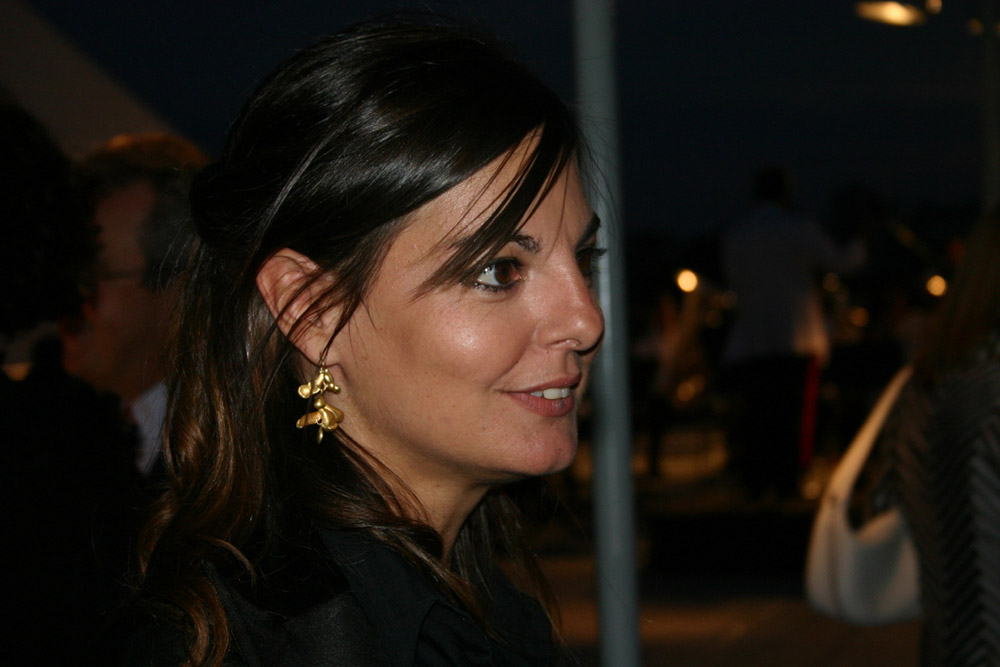
A Rock and a Hard Place will take place in historical buildings of the city: Alatza Imaret, Bazaar Hamam, Bey Hamam, Casa Bianca, Yeni Djami, The Old Pumping station at the port, as well as in five museums: The State Museum of Contemporary Art, The Macedonian Museum of Contemporary Art, The Teloglion Foundation of Art, The Archaeological Museum of Thessaloniki and The Museum of Byzantine Culture, which are part of the consortium that organises the Biennial.
The Biennale will relate to the city of Thessaloniki as a metaphor for its vigorous multicultural character of the past. Each of the buildings, which will house Biennale exhibitions, will form single episodes of the Main Programme’s overall narrative. These episodes will be inspired from the past and present usage of these buildings: their past and contemporary contributions to the social life of the city and to its political under-skin. Current trademarks of specific local neighborhoods of the city, each of these buildings and their specific character will together determine the content for this biennale.
A Rock and a Hard Place will consist of a historical prologue (prodrome) at the Casa Bianca, a rehearsal for a “futuristic pluralism” at the Alatza Imaret and a polyphony that references the multiple lives of Yeni Djami.
Casa Bianca will be turned into a house for reflection and for conversation: a salon which lifetime spans from the period of its construction until our present day. It will be a place where the history of Thessaloniki will have a bearing and will usher a number of contemporary works that examine the tradition of writing and of narrative in literature: an “ideal library” for artists and visitors alike.
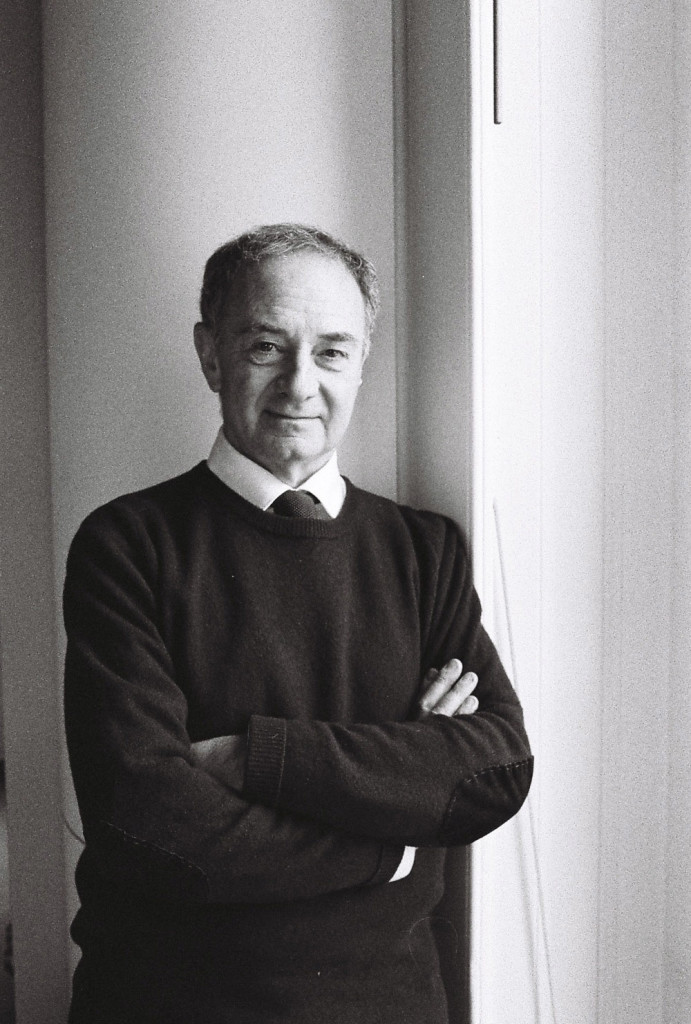
Alatza Imaret will be re-transformed to a colorful “hostel”, as its name indicates (alatza means colorful, and Imaret means house of the poor): A place where a variety of voices-even conflicting ones -will coincide vivaciously , eliminating ostensible discrepancies. The city ‘s hybrid past will resonate through a number of contemporary works. A backyard of relief, Alatza Imaret will grow to be a rehearsal for meaningful conviviality for both the artists and the visitors .
The Yeni Djami will become an anachronistic space where several site-specific artist interventions will create a poetical polyphony where different periods of the city of Thessaloniki – which can all be seen referenced in the Yeni Djami today – will simultaneously resound: Spanish, Moorish, Islamic, Turkish, Ottoman, Jewish…
These three exhibitions will form the heart of the Main Programme, which will also include displays in the five collaborating museums, installations in a number of Islamic monuments, and an information centre that will be an integral part of the exhibition. In addition, a series of performances and interactions will address cultural and popular issues in the Mediterranean area and several artist interventions will link up the buildings that form the constellation of the different parts of the Biennale.
Paolo Colombo, Mahita El Bacha Urieta, Marina Fokidis
Paolo Colombo / short cv
Paolo Colombo is currently Art Advisor at the Istanbul Museum of Modern Art. From 2001 to 2007 was Curator of The Museo Nazionale delle Arti del XXI Secolo in Rome. From 1989 to 2000 he was Director of the Centre d’art contemporain in Geneva. In 1999 he curated the 6th Istanbul Biennial. Among the exhibitions he curated are In Praise of Shadows, Apocalittici e Integrati,–contemporary Italian Art (2007), Ed Ruscha (2004) Margherita Manzelli (2003), Francis Alÿs (2002), Michael Raedecker (2002), Zaha Hadid (2002), Haluk Akakçe (2001), Kara Walker (2000), Arturo Herrera (2000), Christopher Wool (1999), Olaf Breuning (1999), Gillian Wearing (1998), Jane e Louise Wilson (1998), Fatto in Italia: Contemporary Art from Italy (1997), Pipilotti Rist (1996), Ugo Rondinone (1996), Tony Oursler (1995), Rosemarie Trockel (1994), Giovanni Anselmo (1993), Juan Munoz (1991), Kiki Smith (1991), Robert Gober (1988), Carroll Dunham (1988). He has been associate producer of a number of award winning films, more recently The Edge of Heaven and Soul Kitchen by Fatih Akin, and The Tree by Julie Bertuccelli, starring Charlotte Gainsbourg.
Mahita El Bacha Urieta / short cv
Currently Arts Strategist at the Abu Dhabi Authority for Culture and Heritage – ADACH working on developing a cultural policy and institutions and on the production and curation of cultural projects. Founding co-Director of London-based arts agency “Ziyarat”. Winning curator of the 2010 Abraaj Capital Art Prize with artist Marwan Sahmarani. Member of the Committee of Experts of the United Nations’ Alliance of Civilisations for the bridging of cultures around the world. Recently worked on museum projects in the UAE including the Saadiyat Island Cultural District. Previously, Mahita was coordinator of the 7th and 8th editions of the Sharjah Biennial of contemporary art, also consulting for the British Council International on matters of cultural development and cultural leadership in the MENASA region and for Casa Arabe, Madrid. Previous work includes curating “Arabise Me”, (2008 – 2009) touring, contemporary arts festival, production of “Manifesta 6, European Biennial of Contemporary Art”, Nicosia, Cyprus (2006); several international exhibitions and projects with inIVA, London, including “Fault Lines: Contemporary African Art and Shifting Landscapes”, 50th Venice Biennale (2003) and the “Veil” exhibition.
Marina Fokidis / short cv
Marina Fokidis is a curator and writer based in Athens Greece. Amongst other projects she is the founding and artistic director of the newly established Kunsthalle Athena, the first art institution of this short in Athens which started as an experimental platform and is taking now its permanent form. From 2000 to 2008 she served as the director of Oxymoron a non-profit organization dedicated to the promotion of contemporary visual art in Greece and on an international level. She has been the commissioner and the curator of the Greek Pavillion at the 51rst Venice Biennial, (2003) and one of the curators of the 1rst Tirana Biennial (2001).
Fokidis has curated several exhibitions including Random Rules A channel of Artists Selection from Youtube, presented online (ongoing) and screened in Pulse Art Fair, NY New York 2009, Midsummer Nights Dream, a three months screening program part of Remap 2 (parallel program to Athens Biennial 2009), Her(His)tory an exhibition of major video works within the last decade, juxtaposed to the historical permanent collections, in the Museum of Cycladic Art, in Athens (2007), Anathena, an exhibition held in DESTE Foundation, based in the Athenian underground scene (2006) and others. She has written essays for different edited collections and several international art magazines and is the chief art editor of LIFO, a significant cultural free press magazine n Greece.
Thessaloniki, April 15, 2011
Press Release
3rd THESSALONIKI BIENNALE OF CONTEMPORARY ART
“OLD INTERSECTIONS – MAKE IT NEW”
September 18 – December 18, 2011
The 3rd Thessaloniki Biennale of Contemporary Art under the title “Old Intersection-Make it New”, introduces itself to the public from September 18 to December 18, 2011 in Thessaloniki, Greece.
The Biennale of 2011 differs from the previous ones, not only in the area of interest and its realization time, but in its collaborating institutions as well. The State Museum of Contemporary Art is the leader of the team which is comprised by museums-members of the “Thessaloniki – 5 Museums Movement” (5M): Archaeological Museum of Thessaloniki, Museum of Byzantine Culture, Macedonian Museum of Contemporary Art, State Museum of Contemporary Art, Teloglion Foundation of Art AUTH.
The 3rd Thessaloniki Biennale of Contemporary Art under the general title “Old Intersection-Make it New” focuses on the Mediterranean region and is framed by a main and a parallel programme of artistic events, such as exhibitions, a young artists’ workshop, a performance festival, various conferences and a symposium.
The 3rd Thessaloniki Biennale of Contemporary Art is funded under the Operational Programmeme Macedonia – Thrace 2007–2013, implemented by the SMCA and co-financed by the European Union (European Regional Development Fund).
The Biennale also is part of the “Thessaloniki: Cultural Crossroads” programmeme of the Hellenic Ministry of Culture and Tourism, focussing this year on the Middle East, and running under the Municipality of Thessaloniki, Department of Culture, Tourism and Education and other cultural and educational partners jointly.
Director: Katerina Koskina, Art Historian-Museologist, President of the Board of Trustees of the SMCA
Advisory Committee: Catherine David, Art Historian-Curator
Maria Rosa Girace Pieralisi, Director of the Italian Institute in Thessaloniki
Jannis Kounellis, Artist
Jessica Morgan, Curator of Contemporary Art
Denys Zacharopoulos, Art Theorist
MAIN PROGRAMMEME
“A ROCK AND A HARD PLACE”
Curators: Paolo Colombo, Mahita El Bacha Urieta, Marina Fokidis
The curators of the main programmeme -Paolo Colombo, Mahita El Bacha Urieta and Marina Fokidis- responding to the current social and political circumstances in the Mediterranean region and not only, indicate in their main ideological text that: ” In the current climate of gathering instability that holds great promise as well as danger, the title, A Rock and a Hard Place, resonates powerfully. It captures the sense of fragility and jeopardy that looms over the wider politics of the Mediterranean and the psychology of the individual. Affected by a sense of impending danger and ‘Hamletic’ doubt, contemporary artists produce work that is often characterised by a defensive, ironic stance.
Venues
Archaeological Museum fo Thessaloniki, Museum of Byzantine Culture, State Museum of Contemporary Art (Moni Lazariston), Macedonian Museum of Contemporary Art, Teloglion Foundation of Art-AUTh, Alatza Imaret, Yeni Djami, Casa Bianca, Bazaar Hamam, Bey Hamam
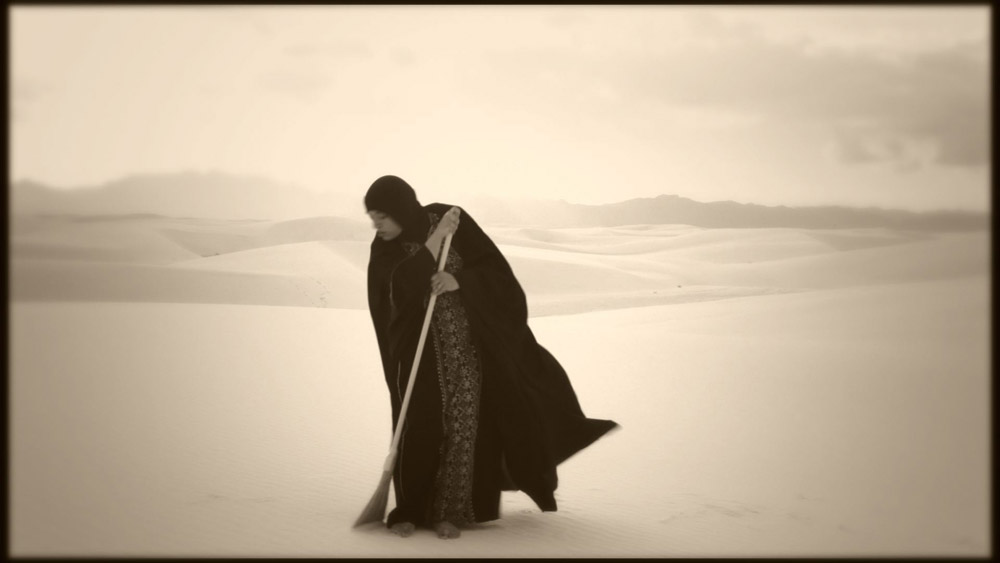
PARALLEL PROGRAMME
The Biennale parallel programme comprises the exhibitions by the 5M (5 Thessaloniki Museums Movement), a workshop for young artists, a performance festival, conferences and a symposium.
Archaeological Museum of Thessaloniki / www.amth.gr
“The Jews of Thesslaoniki. Incedible marks in space”
September–December 2011 / Archaeological Museum of Thessaloniki
The narration of the exhibition begins in antiquity, with the “Romaniotes” (Jews who spoke Greek) and continues in the Middle Ages, with the arrival of the Ashkenazi (Bavarian Jews) and later with the big wave of the Sephardim Jews who arrived in Thessaloniki in 1492. The organization and peak of the Jews in the following centuries is presented (quarters, synagogues, professions etc.) along with the cease from the 17th century and the movement of Shabbetai Zevi which led to the islamization of many Jews (Donmeh). Emphasis is given to the new era of prosperity, from the mid 19th century onwards, when the economic activity of the Jews flourishes. A turning point is 1917 when the large fire of Thessaloniki destroyed big part of the Jewish houses and enterprises. The holocaust follows, which resulted in the violent decimation of the Jews of Thessaloniki. The exhibition ends with the modern Jews of Thessaloniki, their institutions and their economic and social activity.
The exhibition is part of the “Thessaloniki Cultural Crossroads” programme of the Hellenic Ministry of Culture and Tourism.
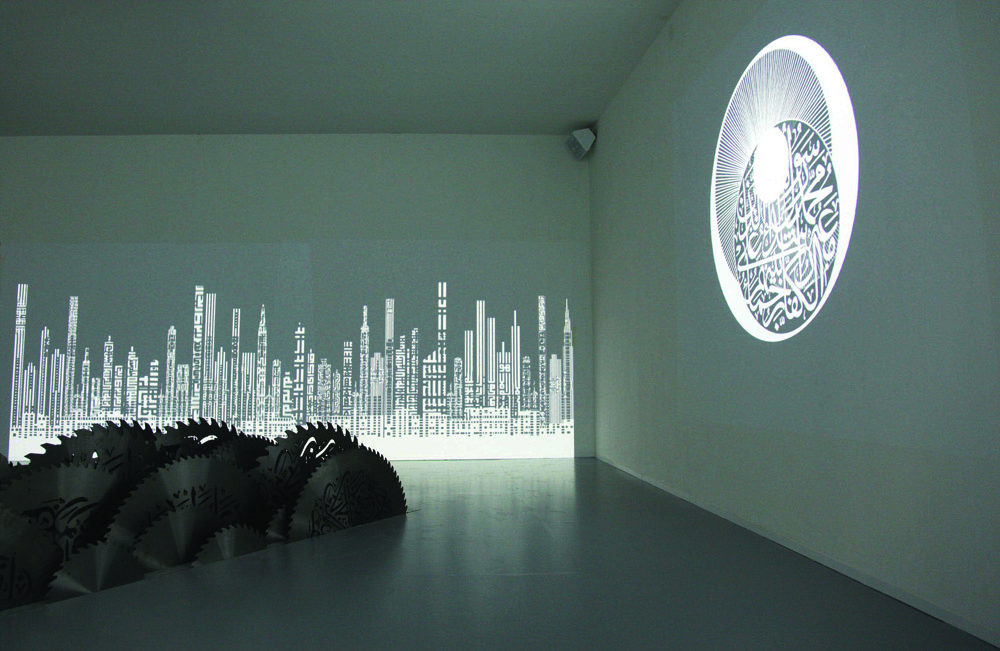
Museum of Byzantine Culture / www.mbp.gr/html/en/index.htm
“Byzantium and the Arabs”
September–December 2011 / Museum of Byzantine Culture
Focusing on the revelation of aspects of both the Byzantine and Arab cultures, the exhibition “Byzantium and the Arabs” will present the relations and interactions between Byzantium and the Arabs from the 7th c. A.D. till 1453 (capture of Constantinople by the Ottomans).
The identity of the Arabs, the birth of the new religion of Islam and the caliphates, the great expansion outside their peninsula, the sieges of Constantinople and the capture of Thessaloniki by them in 904 will all be represented in topics of the exhibition. The fights between Byzantines and Arabs and the emergence of the tradition on the “Akrites” and especially Digenis Akritas will also be among the topics of our exhibition.
Alongside the wars, the interactions of both civilizations in the fields of letters, science and art will also be represented.
The exhibition will be comprised of over a hundred objects, such as icons, manuscripts, jewelry, coins, ceramics and sculptures from the collections of the Museum of Byzantine Culture, as well as from collections of public and private museums and Ephorates of Antiquities in Greece and will be supported by visual material.
The exhibition is part of the “Thessaloniki Cultural Crossroads” programme of the Hellenic Ministry of Culture and Tourism.
State Museum of Contemporary Art / www.greekstatemuseum.com
Exhibition “Jan Fabre” (the exact title and venue will be announced soon) September–December 2011
Visual material from the work by the famous Flamish artist will be presented in the exhibition in Thessaloniki, on the occasion of the presentation of his new work in the 54th Venice Biennale (04-06-27.11.2011) under the title “Pietas”.
Macedonian Museum of Contemporary Art /
http://www.mmca.org.gr/mmst/el/index.htm – www.roamingimages.org
“Roaming Images”
September-December 2011 / Macedonian Museum of Contemporary Art
“Roaming Images”is a nomadic forum that brings East and West together, by researching the various concepts of image along with the ideologies and geo-cultural climates that fostered them. Contemporary artists are called to re-define their relation with the cultural heritage of the Arabic peninsula and the Eastern Mediterranean as places of a long-standing artistic and cultural convergence. The notion of image becomes the universal vehicle that tells us the story of how we speak, how we think and even envision the future.
“Roaming Images” is a project in progress: a series of projects will take place in various cities – stations, along the route linking Muscat (Oman) to Thessaloniki (Greece) in collaboration with local agencies, institutions, local artists, writers and scholars. The exhibition in Thessaloniki (in September 2001) will incorporate distinctive outcomes from these events in all cities-stations, along with their documentation, that will join selected art works by artists working in this broad geographical area.
The project is part of the “Thessaloniki Cultural Crossroads” programme of the Hellenic Ministry of Culture and Tourism.
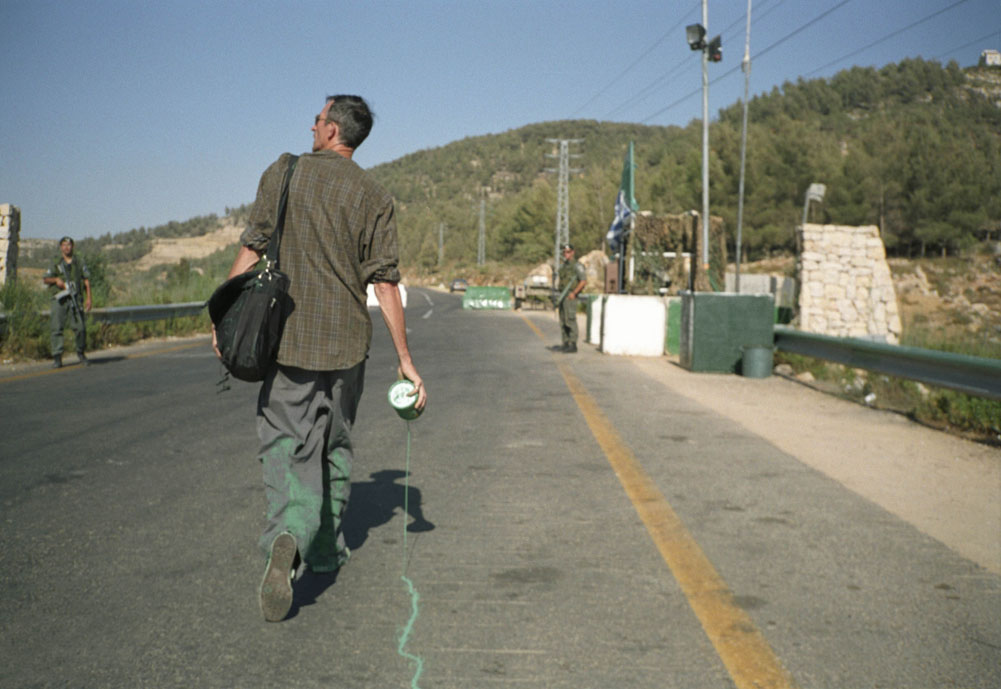
Teloglion Foundation of Arts A.U.Th.
“Pieces and Fragments from Fustat”
September 2011–January 2012 / Teloglion Foundation of Arts A.U.Th.
The Teloglion Foundation of Arts A.U.Th. will present the exhibition under the title “Pieces and Fragments from Fustat”. Fustat, the first capital of Egypt during the period of Arabic domination (7th century), which flourished in the 12th century, is now part of the old Cairo. It’s known for its archaeological remains, which were discovered in the last hundred years.
These findings, from the rich repositories-garbage dumps, offer important information on the glorious past of the city and decorate the showcases of important museums, like the Museum of Islamic Art in Athens and private collections.
The project is part of the “Thessaloniki Cultural Crossroads” programme of the Hellenic Ministry of Culture and Tourism.
The project is co-financed by Greece and European Union
MUNICIPALITY OF THESSALONIKI
DEPARTMENT FOR CULTURE, TOURISM AND EDUCATION
Thessaloniki – 5 Museums Movement
INFO
HELLENIC MINISTY OF CULTURE
STATE MUSEUM OF CONTEMRPOARY ART
Communication and Public Relations Department
21st Kolokotroni, Stavroupoli 56430, Thessaloniki
: 2310 589140, 141, 152, F: 2310 600123
www.greekstatemuseum.com, info@greekstatemuseum.com
press@greekstatemuseum.com
Position the cursor on the images to view captions, click on images to enlarge them.
Posizionare il cursore sulle immagini per leggere le didascalie; cliccare sulle immagini per ingrandirle.

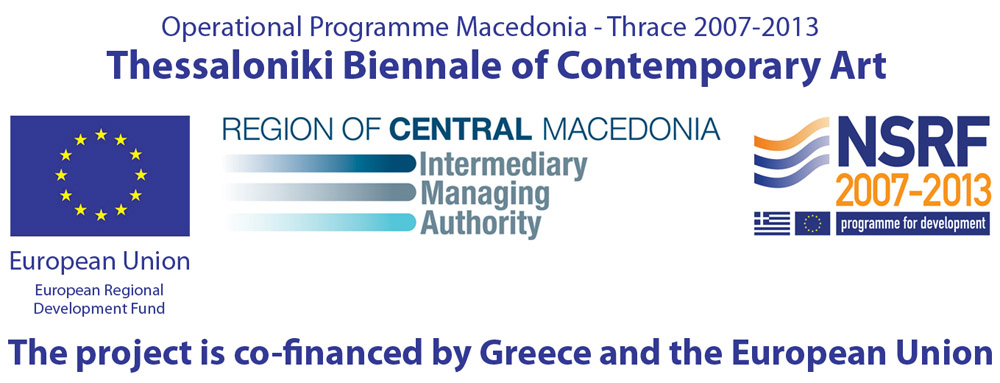
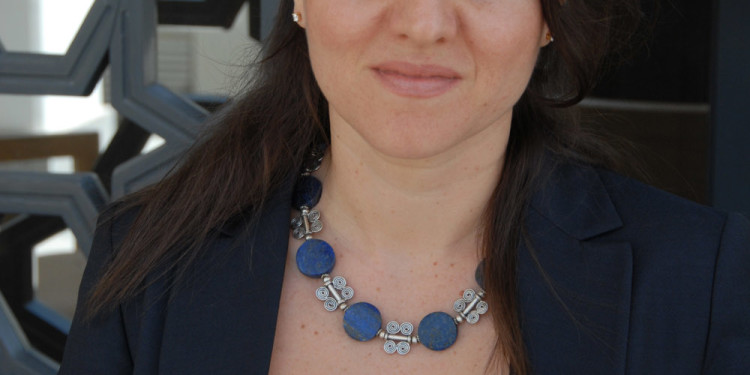
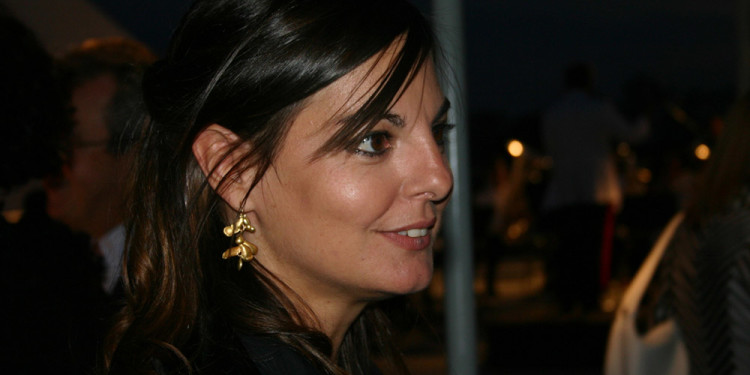
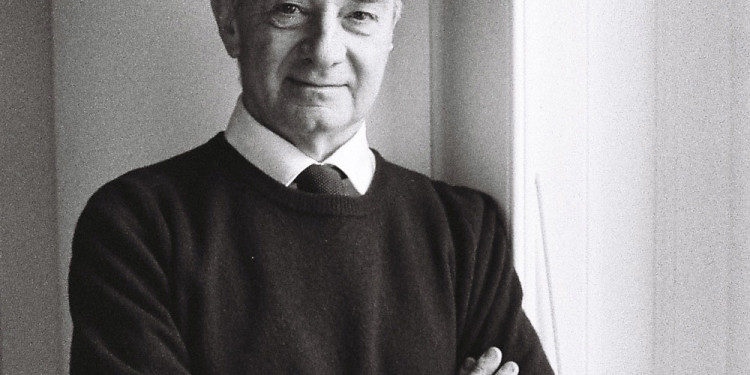
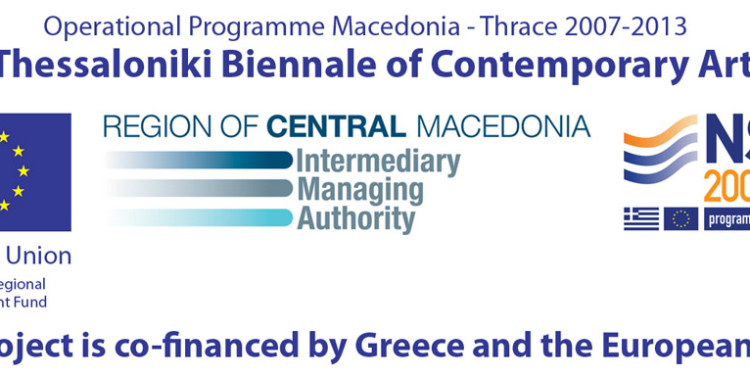
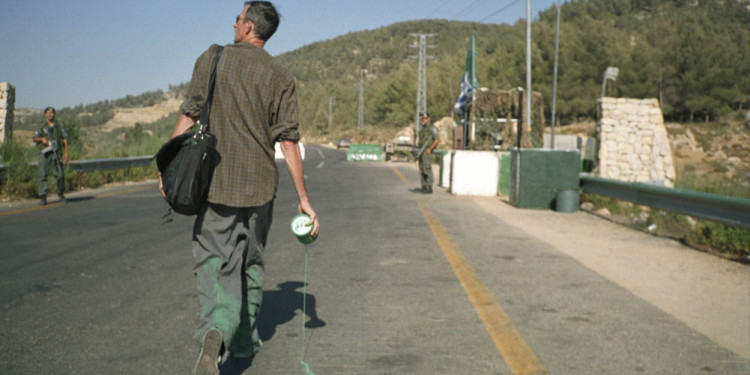
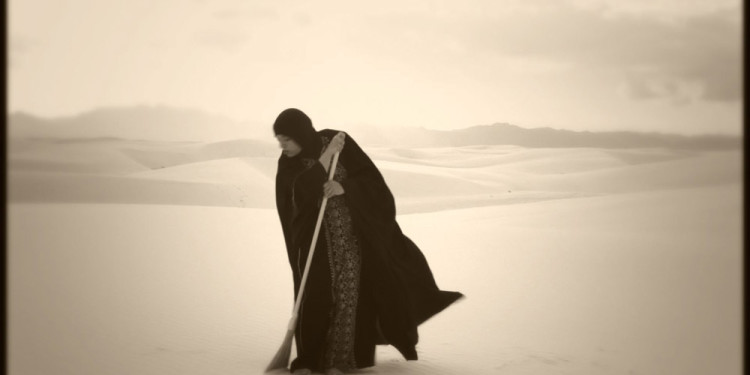
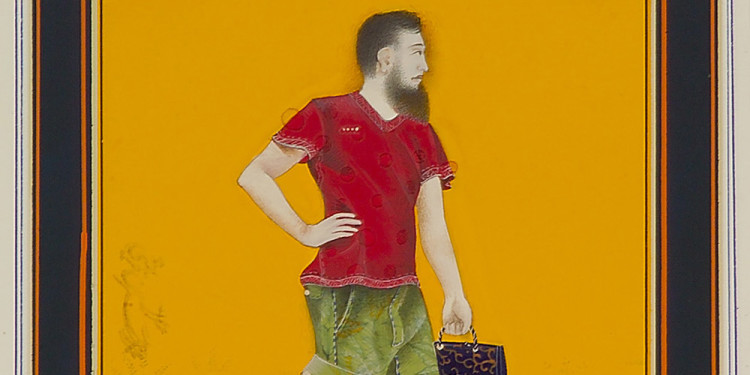
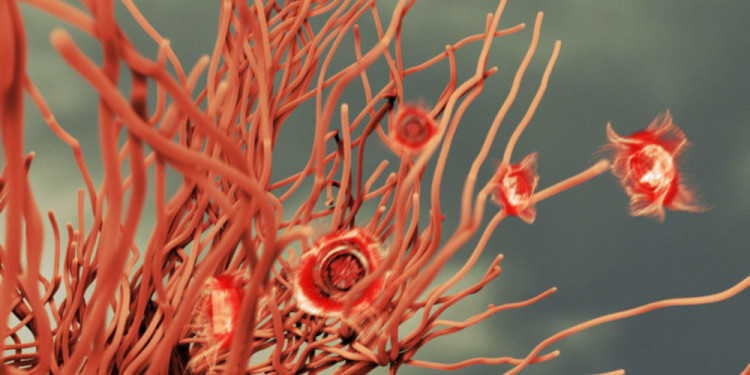
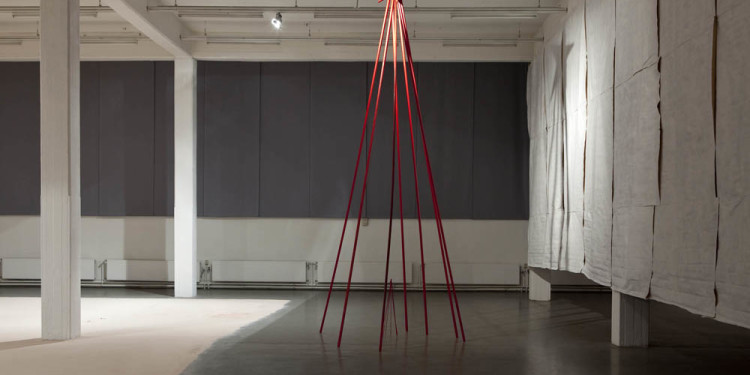
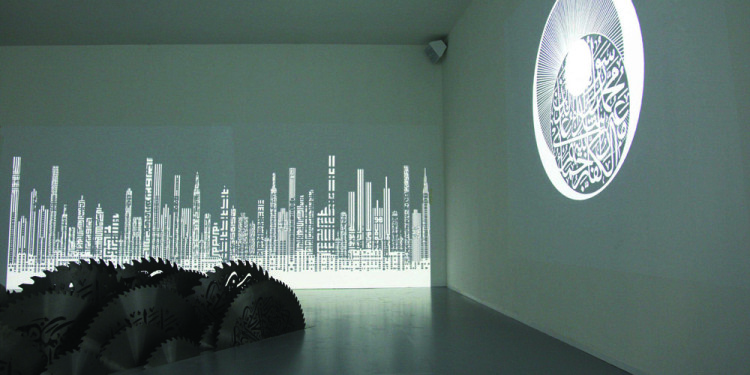
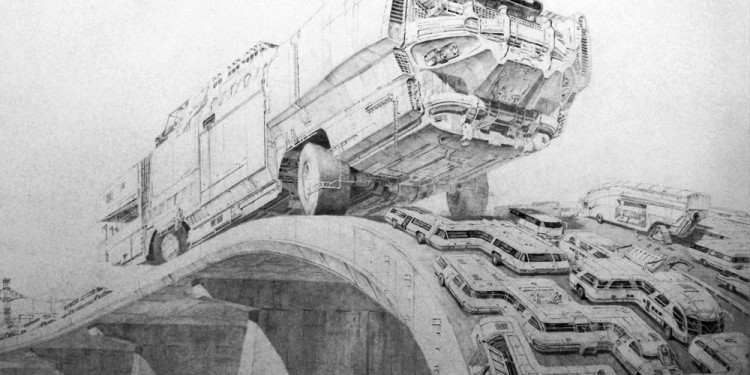
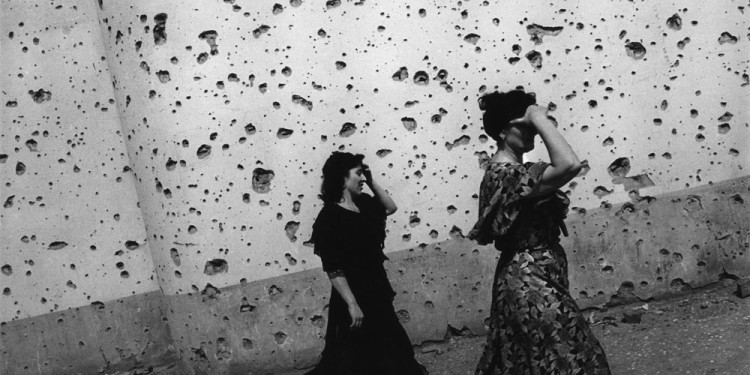
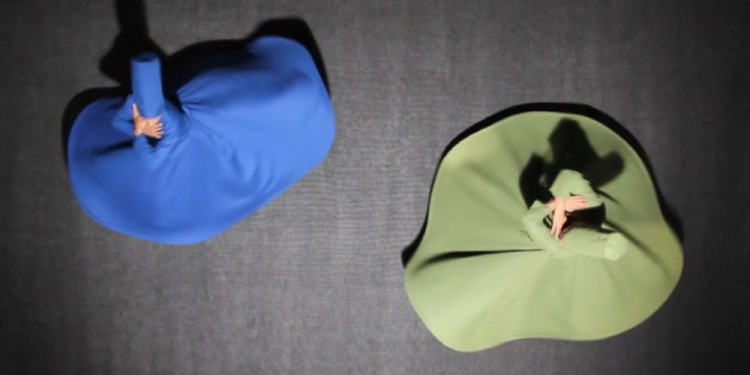
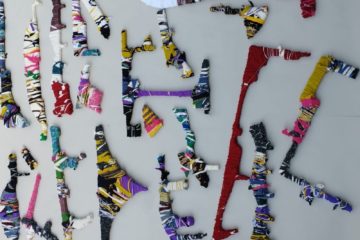
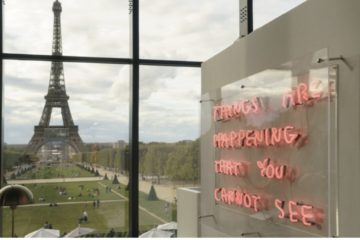
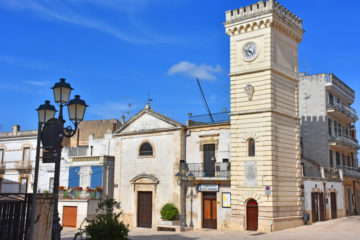
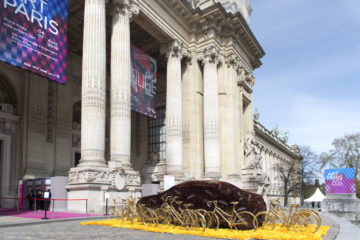

No Comment